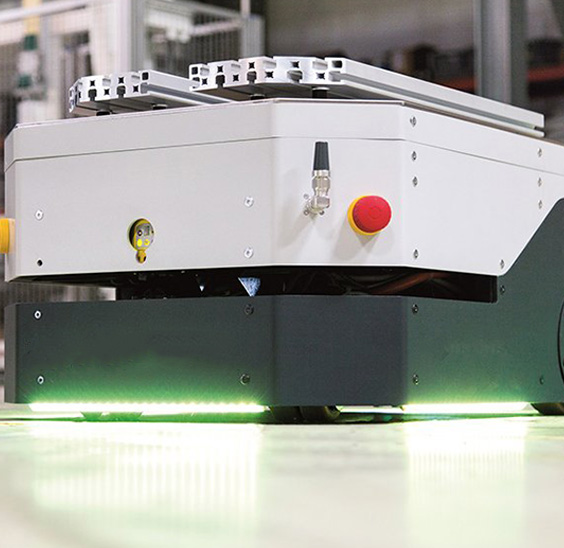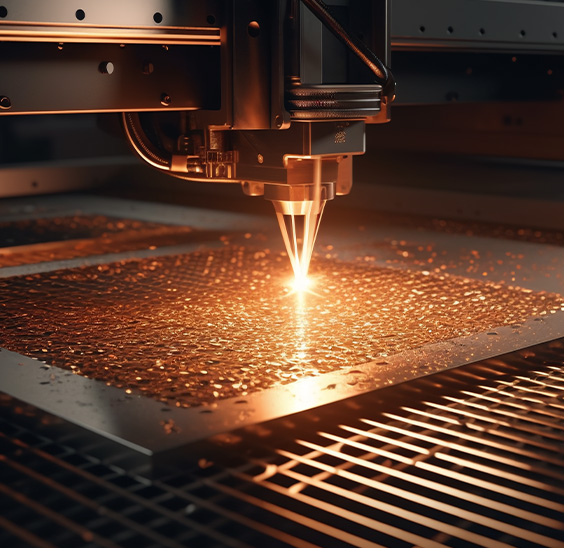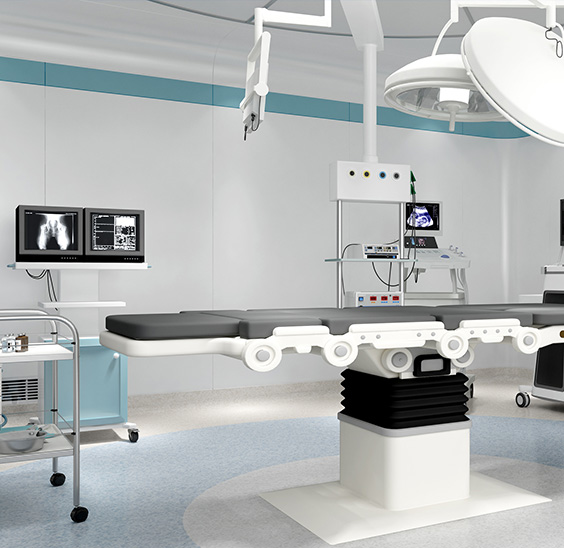Cross Cover DP Disc Brake Chamber: Analysis of high-performance guarantee mechanism in emergency braking scenarios
1. Dual-piston design: uniform braking force distribution and improved response speed
Technical core: Cross Cover DP Disc Brake Chamber adopts a dual-piston structure. Compared with the traditional single-piston design, its advantages are:
Uniform braking force: The dual pistons push the brake pads synchronously to avoid eccentric wear of the brake pads caused by excessive pressure on one side, thereby extending the service life. For example, when a heavy truck is fully loaded downhill, the brake chamber needs to withstand an inertial impact force of more than 27.6kg. The dual-piston design can effectively disperse the pressure and reduce the risk of local overheating.
Response speed optimization: The dual pistons shorten the brake signal transmission time through symmetrical hydraulic or pneumatic transmission paths. The coordination of the brake oil pipe and the hydraulic actuator can ensure that the contact time between the brake pad and the brake disc is shortened by 20%-30% during emergency braking.
2. Thermodynamic Optimization: Suppressing Thermal Decay and Ensuring Material Durability
Thermal Decay Challenge: During frequent braking, the temperature of the brake disc can exceed 500°C. Insufficient heat dissipation will cause the brake fluid to vaporize (Vapor Lock) or the friction coefficient to decrease.
Cross Cover DP's solution:
Efficient heat dissipation structure: Built-in heat dissipation fins and air flow channels accelerate heat diffusion through aerodynamic design.
High-temperature resistant materials: The key components of the brake chamber are made of high-carbon cast iron and ceramic composite coating, and its thermal expansion coefficient is 15% lower than that of ordinary cast iron, avoiding fluctuations in braking force caused by high-temperature deformation.
Brake fluid compatibility: Adapt to high-boiling point DOT 4/5.1 level brake fluid to ensure the stability of the hydraulic system under extreme temperatures.
3. System compatibility and intelligent expansion
The ABS anti-lock module can be integrated, and the braking force can be dynamically adjusted through the electronic control unit (ECU) to prevent the wheels from locking during emergency braking.
Future upgrade direction: Introduce tire pressure monitoring linkage to optimize braking force distribution through real-time data feedback. Develop a predictive maintenance system to provide early warning of replacement cycles based on brake pad wear sensors.


 EN
EN  English
English Português
Português










